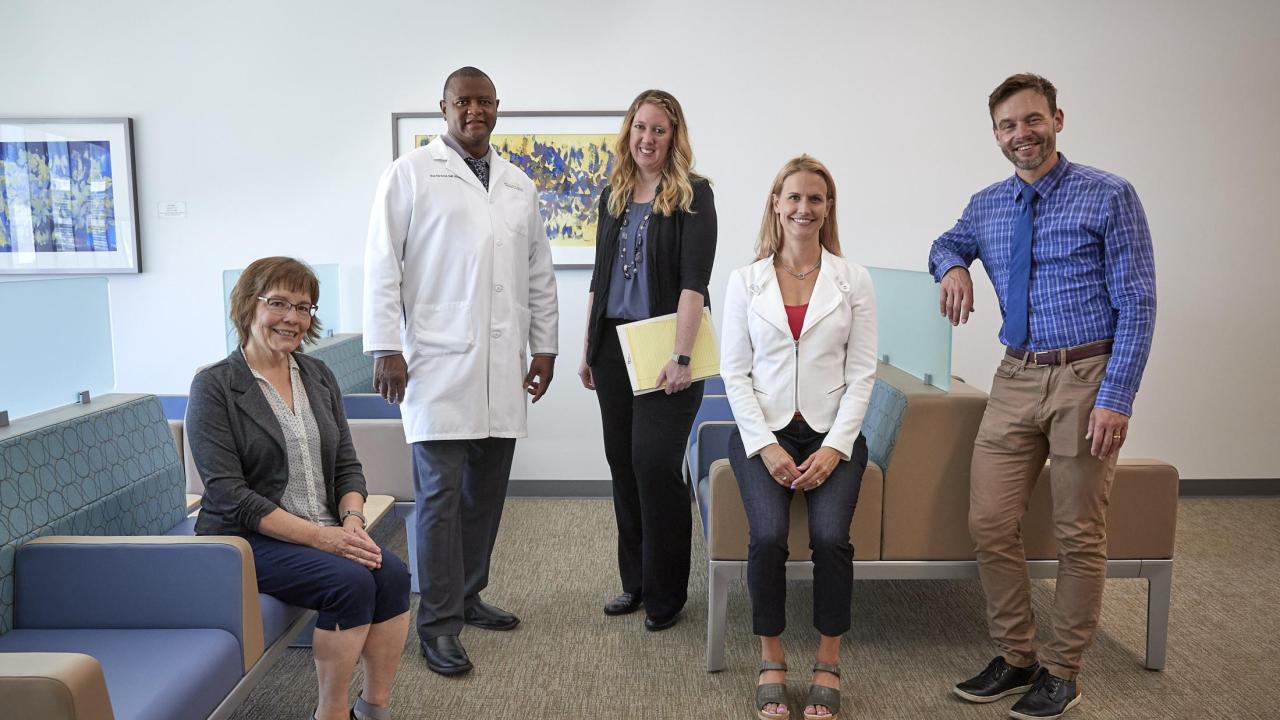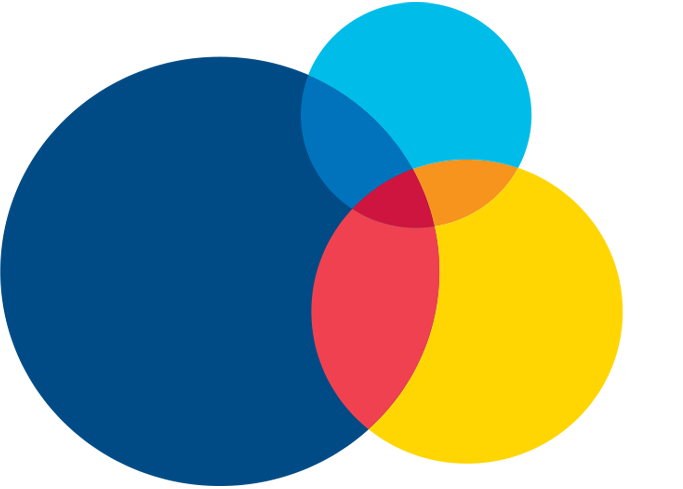
School of Nursing Clinical Education Team
A complex network of partnerships helps students and communities
Years of work, thousands of staff hours, and hundreds of partnerships all to achieve one goal—helping a student gain clinical experience in the community.
That is what the UC Davis Betty Irene Moore School of Nursing clinical education team does for about 80 family nurse practitioner and physician assistant students every year.
While facilitating clinical placement for students is a requirement for nursing schools, the customization and personalized attention that the clinical education team provides to UC Davis students is a level of service not typically provided at many nursing schools in the country.
“I see our role within the university and local health care community as advancing health care,” said Sheri Kuslak-Meyer, director of educational programs for the Betty Irene Moore School of Nursing. “We really try to listen to them, understand their needs, and figure out how we can give them other resources.”
Health happens in the community
The School’s clinical education team includes faculty, clinicians and staff, (see sidebar) who work at a break-neck pace, year-round to develop and maintain partnerships with the hundreds of health care agencies across the Western United States to find clinical rotations for UC Davis physician assistant and nurse practitioner students.
Clinical rotations are four-to-six-week work experiences in a variety of health care settings throughout the last year of the nurse practitioner and physician assistant programs. They give students critical real-world health care practice under the supervision of experienced health care providers.
Clinical Affiliations Manager Jason Sowa jokes that the complex logistics of matching students with rotations is like managing a high-speed “3-D game of Tetris.” They weigh factors such as student drive time from Sacramento against available housing near the sites, and consider each student’s individual objectives. They also work to meet the partners’ needs.
400+ partners
Through frequent meetings, close communication, the occasional team-building board game and “a special blend of magic,” according to Clinical Education Project Manager Christy Davis, the 10-person team maintains relationships with almost 400 hospitals and clinics from Alaska to Nevada, the majority of which are in California: Sacramento and San Joaquin valleys, Los Angeles, Fresno, Visalia, Humboldt County, San Diego and the Bay Area.
The team ensures that clinical rotation options presented to the student’s span the spectrum of health care: pediatrics, geriatrics, hospice, wound care, women’s health, telehealth, emergency medicine, cardiology, and, of course, primary care. The goal is to help the students meet their degree requirements and get hands-on experience that is in line with their career ambitions and interests.
As they find rotation locations, they are especially committed to placing students in rural communities to help fulfill the School of Nursing’s mission to improve health in underserved communities. In rural areas, the patient-to-provider ratio is 10,000 to 13, compared with urban areas that have a ratio of 10,000 to 31, according to the National Rural Health Association.
“Health happens in the community,” said Kuslak-Meyer. “This is why we are getting out in the community successfully: 50 percent of our graduates are in underserved areas. There is a shortfall in primary care. That’s the gap our students are filling, and we’re making those connections.”
Finding Placements Even During the Pademic
Even when the COVID-19 pandemic threatened to derail students in health professions programs from graduating on time, the School’s clinical nursing team engaged with collaborators to find placements for the students.
The School of Nursing and the UC Davis School of Medicine Office of Medical Education established an interprofessional group of clinical coordinators to implement a process for welcoming learners into UC Davis Health clinics. By centrally locating the clinical rotation scheduling, the team compared clinical rotation needs across both schools while coordinating scheduling and communications among new preceptors.
“The team spent countless hours each week adjusting the students’ schedules to ensure each student received clinical experiences across specialty areas that are required for graduating on time in their program,” said Lisa Badovinac, assistant dean for education. “Without the teamwork of this group, the critical mission for our health professions schools would be unrealized.”
Alumnus Jason Kao, said that willingness to go the extra mile for students is “what sets UC Davis apart.” Kao credits the clinical education team with giving him the experience he needed to obtain a prestigious fellowship at the Fred Hutchison Cancer Research Center of Seattle and his current position as an oncology physician’s assistant at Stanford Health Care.
“We (didn’t) have to set up our own rotations. That reduces stress and anxiety during your clinical year,” he said. “There are programs out there where you do have to set up your own rotations and preceptors (site instructors), and that can be challenging.”
A commitment to rural care
Some communities are so pleased with their partnership with the School that they are going above and beyond to help it thrive. For example, St. Joseph Hospital and Redwood Memorial Hospital in Eureka, California, was so pleased to have UC Davis physician assistant and nurse practitioner students on site they helped fund free, fully furnished housing for students during their rotations.
Kao benefitted from this housing in Eureka. Of his 16 rotations, his time there stands out as a favorite. Exposure to rural health care stoked Kao’s desire to serve underserved communities, as it does for many students, according to Gordon Worley, a clinician faculty member of the clinical education team.
“Medicine in a rural setting is really beautiful,” Kao said. “You really get to see how these providers love their job, but also love their community. That was really rewarding to be part of. I’m going into oncology, but I would love to do some rural oncology in the future.”
Strong partnerships lead to more opportunities for students
In fact, many partners hire the students who do rotations at their clinic after they graduate, according Worley, a clinical faculty and nurse practitioner who once was a rural provider who supervised nursing students through rotations.
“A lot of providers – and I was one of them – look at the rotation as a two-week job interview with some really talented students,” he said.
The ability of the clinical education team to co-design mutually beneficial rotation experiences with their partners often leads to other opportunities to improve education for the students, and a deeper interdependence with the providers.
For example, the California Department of Corrections and Rehabilitation became a partner site where students could practice health care and medicine in a prison setting, treating inmates personally, as well as through telemedicine support.
In turn, medical staff from the corrections department are now giving lectures to students as part of the School of Nursing’s curriculum.
“Our growing partnership is going to pay off to benefit the university and health system in much larger ways than just giving a few dozen students a year the opportunity to do rotations there,” Worley said.
About UC Davis Public Scholarship and Engagement
Public Scholarship and Engagement (PSE) is building and supporting meaningful relationships between communities and UC Davis scholars that work together to solve today’s problems and tomorrow’s challenges.
We envision a university unbound that seeks to serve the public, equitably and inclusively, resulting in reciprocal and mutual benefit to California’s communities and beyond.
